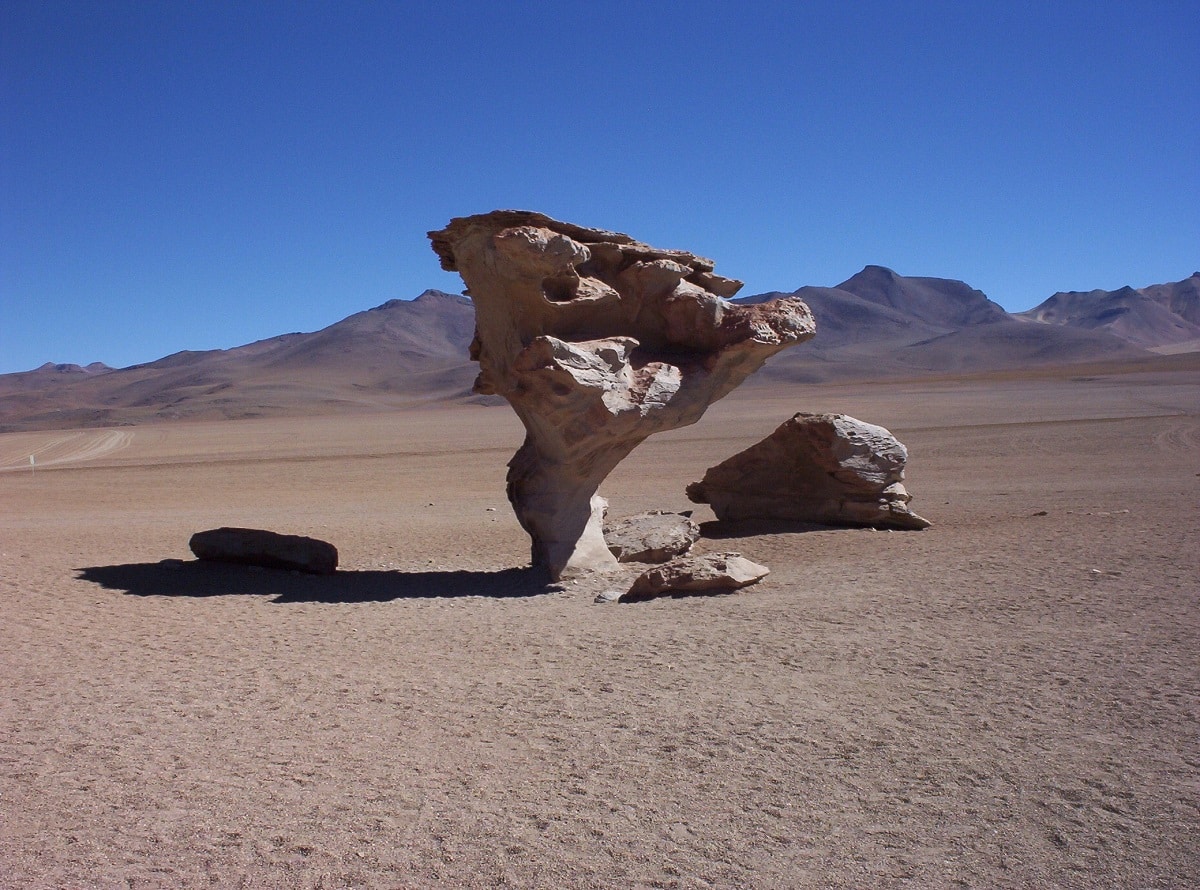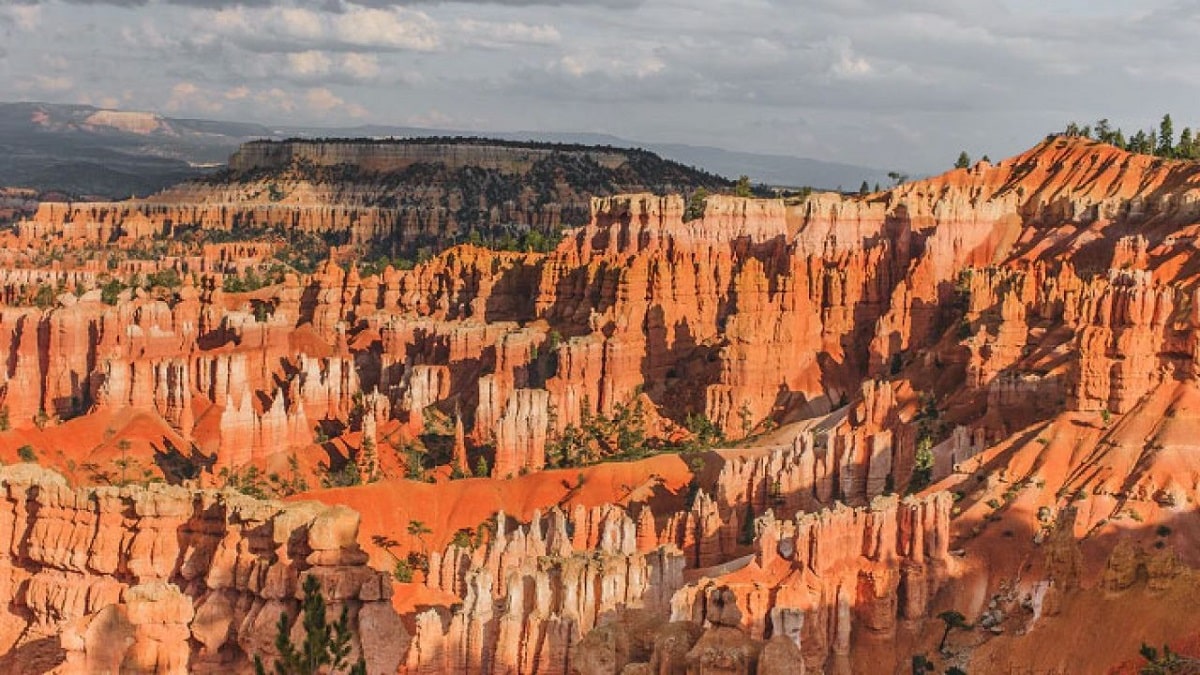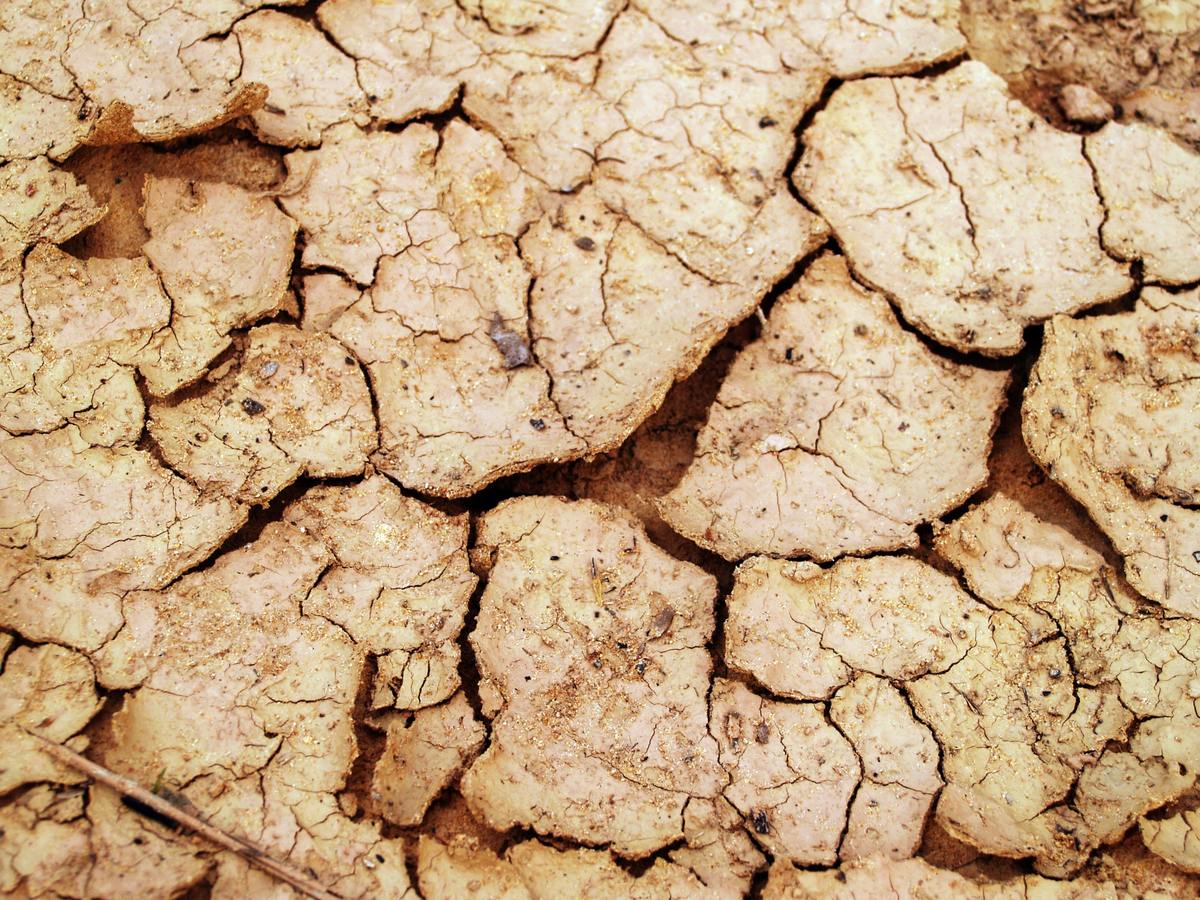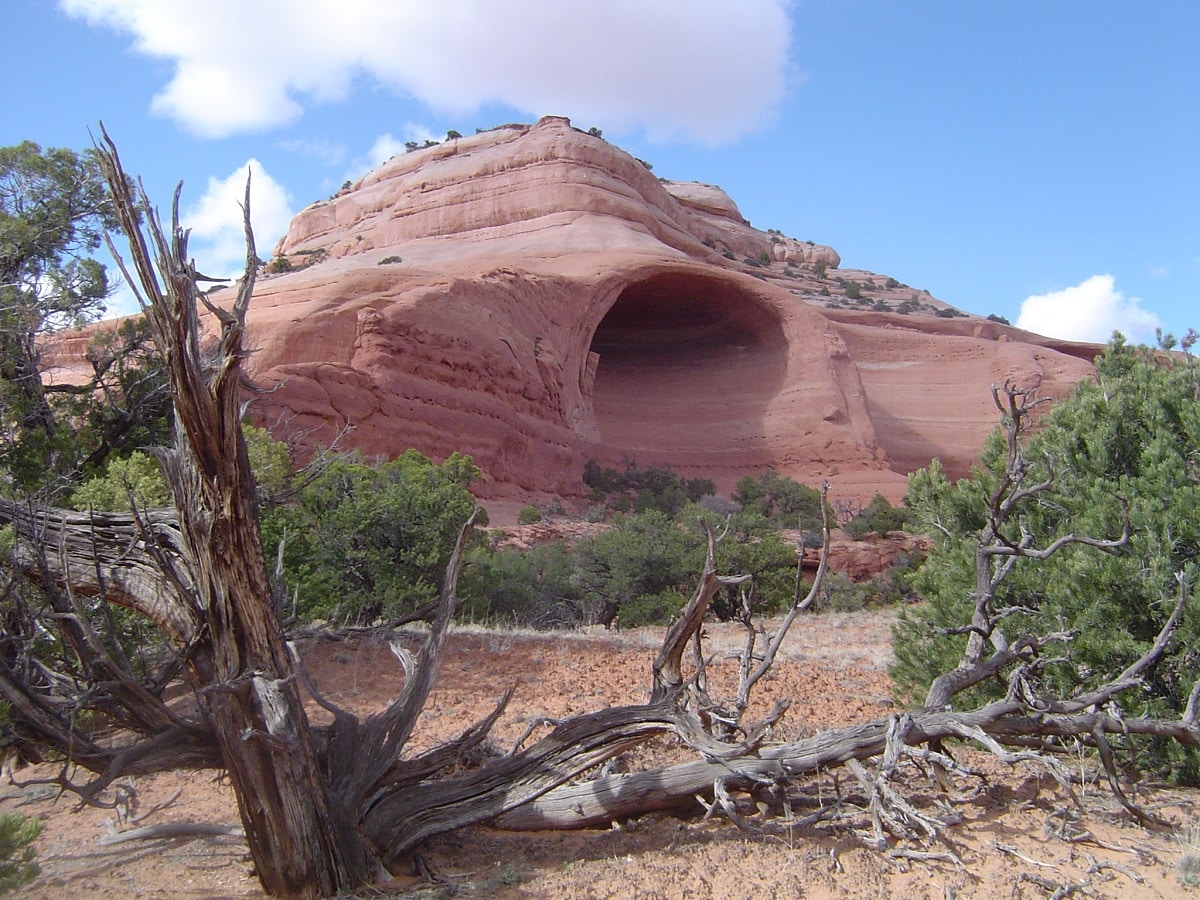
In the environment it has many ways to degrade. One of the external agents that degrades the natural ecosystem is erosion. Many people do not know well what is erosion, what effects does it have and what are its consequences. Erosion is something that was vitiated by both natural and human-induced agents.
For this reason, we are going to dedicate this article to telling you what erosion is, what its characteristics, origin and consequences are.
what is erosion

Soil erosion is due to geological action (such as water flow or ice melt), climatic action (such as rain or strong winds), or human activity (such as agriculture, deforestation, urban sprawl). , etc.).
Soil erosion It is a discontinuous and slow phenomenon that involves landslides that move from the surface, causing changes in the appearance of the land in the long term. In some cases, due to natural disasters or anthropogenic overactivity, erosion occurs at an accelerated rate, resulting in soil degradation and loss of organic matter and minerals.
The importance of this phenomenon is that soil is actually considered a non-renewable resource because it takes a long time to form. In Mexico, the problem occurs mainly in areas with uneven terrain, where the slopes of the land are pronounced. Considering that this type of topography exists in most of the country's territory, and that temporary cultivation areas have been found in these places, it can be considered that the problem is serious.
Types of soil erosion

water erosion
There are three main types of natural soil erosion:
- water erosion. It is created by channels that can be rainwater or the flow of a river.
- wind erosion. It is blown away by strong winds.
- Gravity erosion. It arises from the gravitational effects of falling rocks or melting glaciers from the top of the slope.
There is another type of soil erosion that occurs faster:
- human erosion. It is produced by human activities that affect the wear and deterioration of the soil, such as intensive agriculture, deforestation, the construction of canals and roads, the expansion of urban areas, intensive livestock farming, mining, etc. mainly.
Main causes
The causes of soil erosion can be varied, the main ones being:
- Water movement. In the form of rain, rivers or sea currents, the water hits the ground and loosens parts of the surface, being dragged by the current.
- wind movement. The blowing of strong winds against the ground loosens and moves particles and debris (in the form of dust, sand, or rocks) on the surface.
- Movement of rocks and glaciers. Ice shedding from glaciers or rocks rolling down from the top of a slope can cause weathering or cracking in its path.
- exposed to extreme temperatures. Prolonged periods of extremely hot or cold weather can alter the surface of the floor and cause cracks or cracks, favoring its wear.
- Human use and misuse of the land. Excessive human activities, such as intensive agriculture or the construction of urban areas, can cause soil degradation, in many cases irreversible damage.
Consequences of soil erosion

The main consequences of soil erosion caused by human activities include:
- Yield loss on fertile land for the sustainability of agroecosystems and land productivity.
- Pollution and sedimentation of streams and rivers has increased, which has caused there to be fewer species living there.
- soil desertification it makes the land arid or unsuitable for life (due to lack of water, vegetation and food).
- The low filtration capacity of desertified soils can cause flooding in the area.
- Imbalances in ecosystems lead to biodiversity loss, that is, the loss of animal and plant populations.
- forest loss capable of absorbing carbon dioxide has drastically altered the global climate.
How to avoid it?
To prevent erosion and soil wear caused by human activities, the best solution is to prevent and implement the following activities:
- Sustainable land use. It can help reduce impacts on agriculture and livestock, and prevent soil degradation due to nutrient loss.
- Forest repopulation. The planting of trees and plants facilitates the restoration of the ecosystem and the maintenance of the soil.
- Vegetation planting. Promoting sustainable planting in exposed areas or where construction machinery is deployed can help stabilize the soil and its nutrients.
- Construction of drainage channels. In areas with poor soil absorption capacity, gutters can help direct water to prevent flooding.
Deforestation has resulted in habitat loss for millions of species of plants and animals. Deforestation is an act caused by man that involves the clearing of forests and jungles by logging or burning. If this action is carried out intensively without adequate reforestation measures, it can cause serious damage to soils and ecosystems, including:
- Millions of plant and animal species have lost their habitats. This is the most significant effect, since the organisms cannot survive the destruction of the environment.
- Climate change. The indiscriminate felling of trees alters climatic conditions since they preserve the soil and maintain humidity in the environment and the hydrological cycle that returns steam to the atmosphere.
- Greater greenhouse effect. In addition to intervening in the climate, trees also absorb gases that contribute to global warming. Its absence changes the concentration of the gas in the atmosphere due to indiscriminate logging.
Vegetation maintains the properties of the soil, prevents erosion, occupies a key place in the water cycle -and therefore in the climate- and protects biodiversity. Therefore, to maintain the harmony of the ecosystem, the care and maintenance of the soil is essential.
I hope that with this information you can learn more about what erosion is and its characteristics.